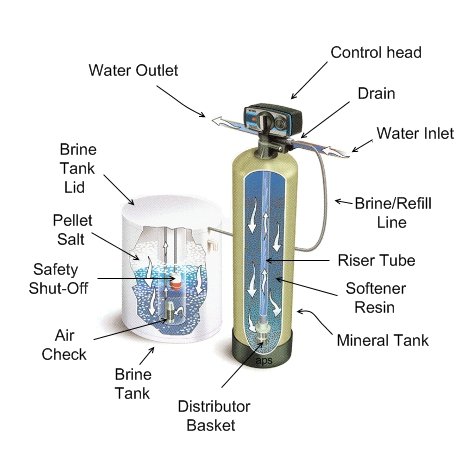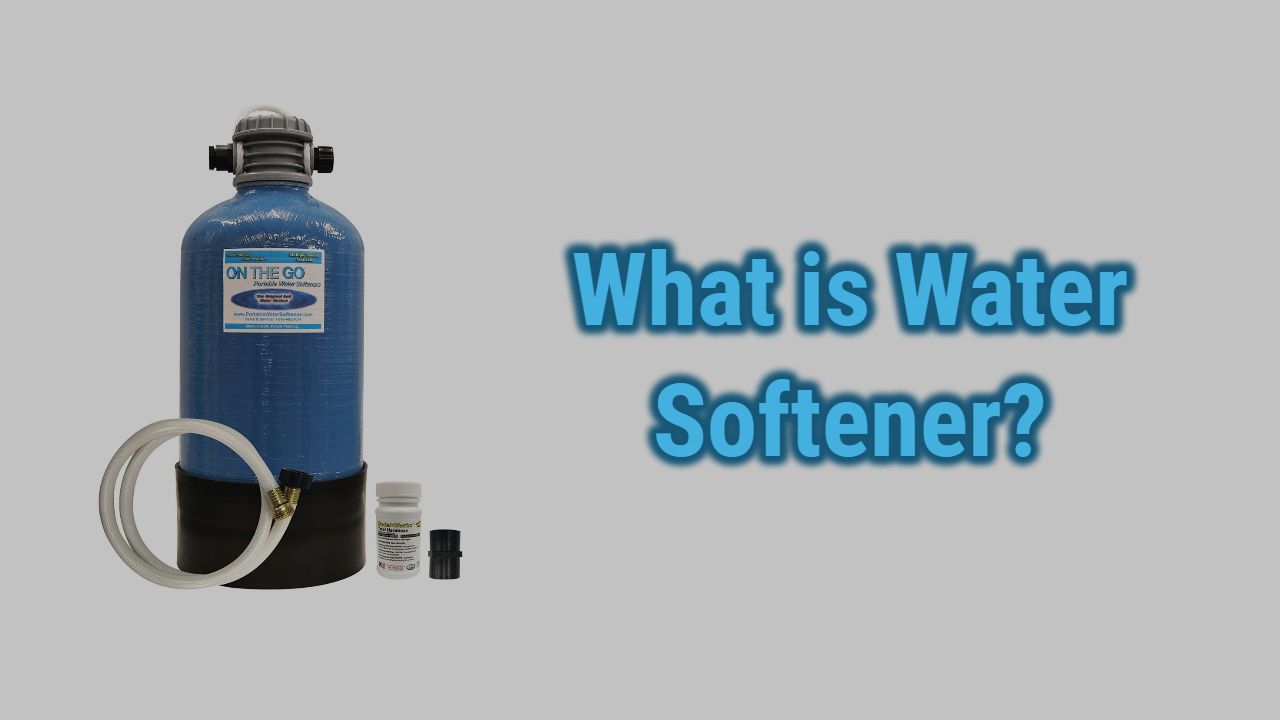Table of Contents
WHAT IS A WATER SOFTENER?
A water softener is generally used to soften water where the water is hard. It softens the water by crushing the impurities, hard minerals and making the quality of water better for drinking and other purposes. For example, a salt-based water softener is used to soften hard water.
To make you understand even better, we will go through different types of Water Softeners.
TYPES OF WATER SOFTENER?
- Salt-based ion exchange systems– ion exchange is used to remove impurities from water, mainly calcium and magnesium ions are removed. In place, sodium and potassium are substituted. This method prevents the accumulation of debris in pipes and appliances.
- Salt-free softeners aka conditioners– their main function is not to remove hard minerals but prevent hard impurities from entering our systems & appliances. This method is maintenance-free and generates almost zero wastewater.
- Dual tank systems– means that when one resin tank is regenerating, the other tank can provide soft water if needed—the less preferred method, time-consuming and cumbersome. While the tank is regenerating, water cannot be softened.
PARTS IN A GENERAL WATER SOFTENER SYSTEM

There are 3 main components in a water softener system. (components can vary according to different systems and designs of water systems used)
- The resin tank- This is the tank where all the softening of the water will take effect. It contains microbeads. This resin tank is covered with sodium and potassium ions. This soft chemical help lighten up the water molecule.
- The brine tank (small)- The brine tank is small and is the place for storing salts, and has the large capacity to store salts water and contain “brine” that is required for regeneration.
- The head valve(brain)- This is the master of all systems. It is located at the center. And its prime work is to process the full system and show the desired results by controlling water flow and rate.
Other sub-components of water softener systems
- Built bypass- helps in turning off the softener for regeneration of water, and maintenance, and repair.
- Flow Meter- the amount of water that is passing through the softener is measured.
- Valve Motor- motor rotates to perform regeneration and softening.
- Distribution Tube- sits in the center of the resin tank, helps prevent resin from entering our home plumbing system.
- Brine float assembly line- helps in stopping the water overflow.
- Grid plate- found inside a brine tank, measures dissolved saturated salt in fixed salt per gallon ratio.
- Pre-filter- blocks large particles and protects softener systems.
HOW DOES A WATER SOFTENER FUNCTION?
After going through all the components of the water softener and also its sub-components, let’s see how it works now. In all circumstances, it all begins with hard water coming to your home systems. These contain hard minerals like Calcium and Magnesium ions and maybe few other irons.
So the hard water comes into the main supply line and enters the head valve. And then, it is directed towards the resin tank, further down towards the distribution tube.
On the way, hard water gets connected with resin beads like sodium ions that are responsible for the removal of hard minerals.
So Finally. the whole process takes time, and by the time the water reaches the bottom of the tank, the hard water turns into soft water. (Please note that potassium chloride can even be used instead of sodium chloride to regenerate water.)
Note– Some older water softener systems may use fewer steps to regenerate. So it is advised to follow the older method rather than the modern methods because components in the older one differ from that of newer ones.
CONCLUSION
A water softener is an essential element in overall water quality. It helps remove hard minerals that are dangerous for water systems, health, and also the home appliances we use on a daily basis. It is highly recommended to use water softening systems for better life of water filters and pipes. However, the working mechanism of the softener system seems a little cumbersome, but it has its own benefits. So apparently water softener is a must system for better water.
Best Water Softener for Well Water
Reverse Osmosis System Vs Water Softener | Explained
Water Softener Vs Water Filter | What is the Difference
